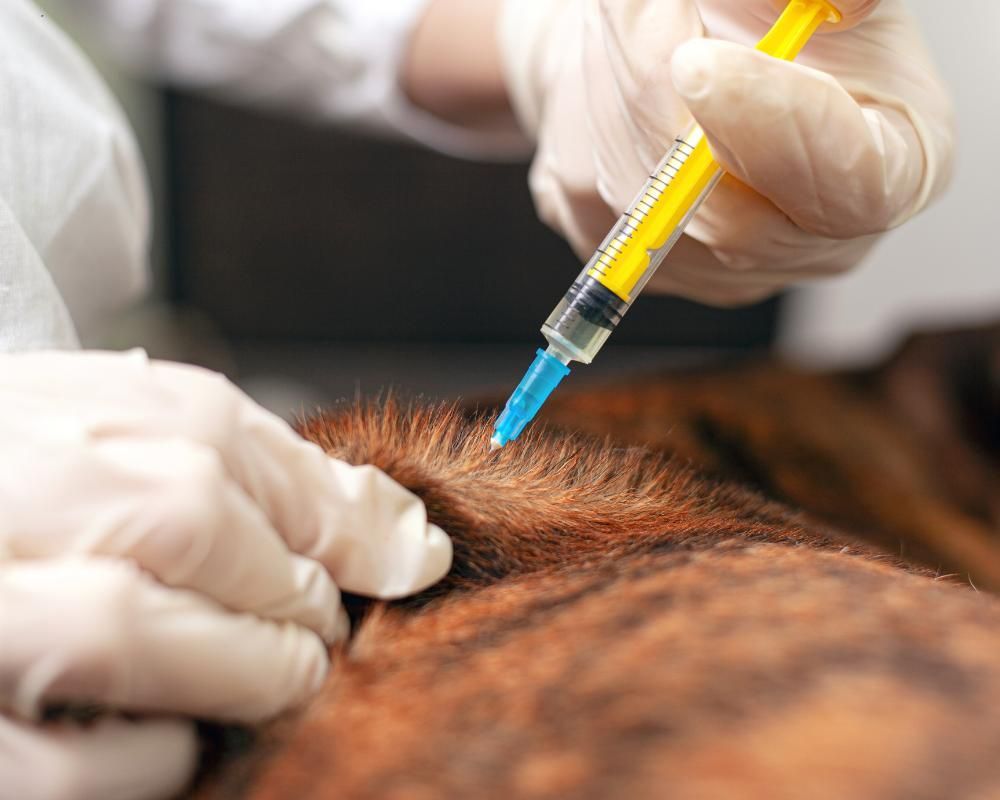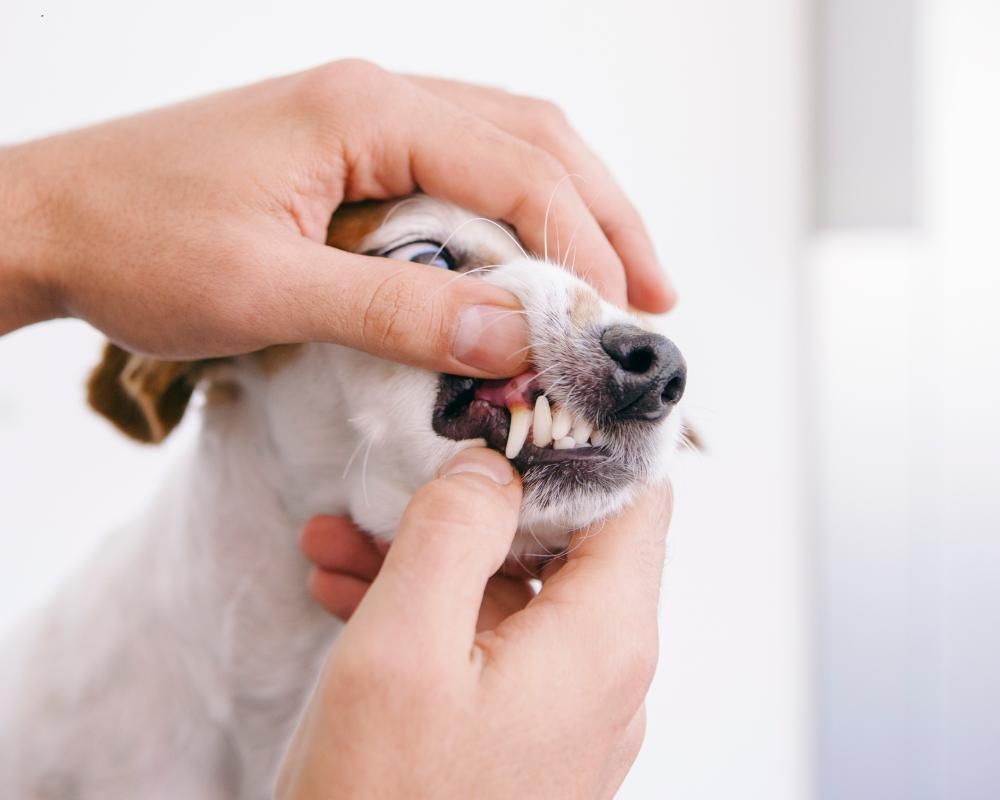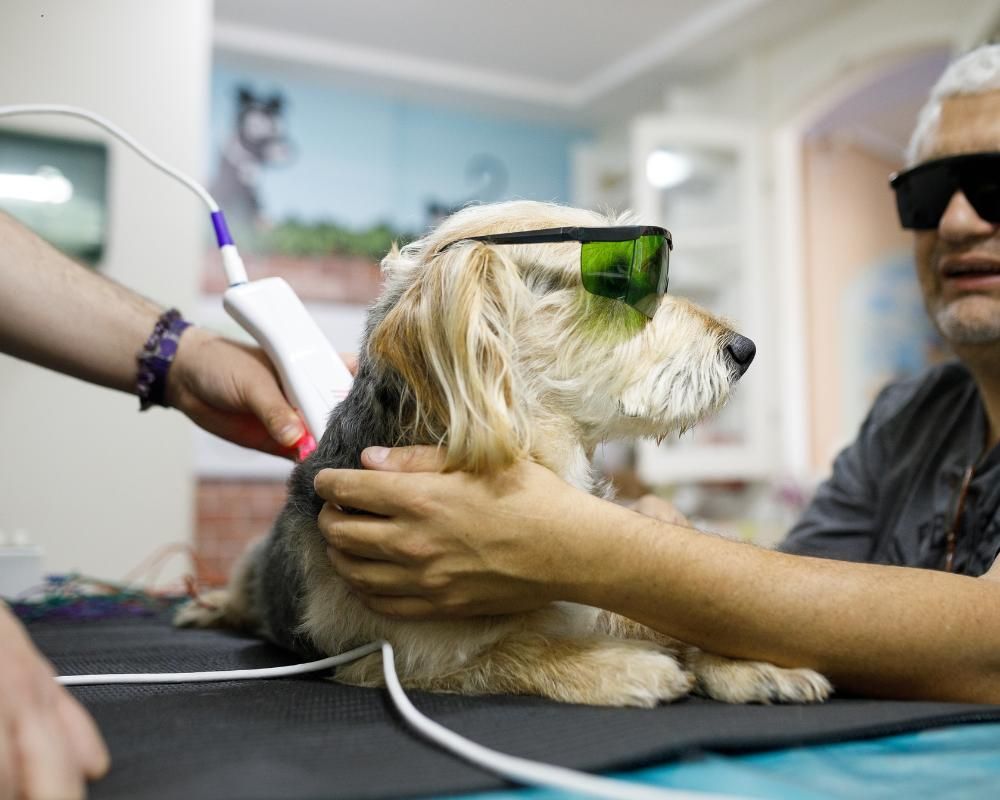How to Protect Your Dogs Paws from Salt, Snow, and Ice
It’s easy to forget about protecting your dog’s paws in the wintertime. We will emphasize the importance of protecting dog paws in the winter. Hopefully, you will read this reminder before taking your dog out for a walk and exposing their pads to snow and ice on the ground.
Protect Their Paws From The Cold
Tips to Protect Your Dogs Paws in Winter

Take Shorter Walks or Invest in Booties
Shorter walks in winter are the best paw protection for dogs, especially small dogs, who are more at risk for frostbite and hypothermia. For dogs of all sizes, we advise shorter and more frequent walks during the cold winter months. It’s hilarious to see how dogs respond to wearing booties for the first time (be ready to capture it on video), but they will get used to them, and some will even like wearing them. Boots will provide dog paw protection from ice, salt, cold, and sharp objects hidden underneath the snow. Imagine walking barefoot in snow and ice, and how miserable it would make your feet. Investing in a pair of booties is an excellent way to keep your dog's paws warm during the cold months.
After returning from a winter walk, clean your dog’s paws promptly. Keep a warm towel ready to dry their feet, and let them relax in a cozy spot.
Make Sure You Protect Your Dogs Paws with Paw Balm
Emphasize Your Dogs Regular Grooming
Why Salt Rocks Are Dangerous to Your Dogs Paws
Your dog could be limping because of salt burns or sore lacerations caused by walking on salts used for ice melts. Protect dog paws from salt because the ice melts and rock salts contain harmful chemicals.
Rock salt will dry out their paw pads, causing cracks, and the sharp edges of the salt can also cut into their paw pads. Chemically laced salt in a wound is painful and harmful.
It’s only natural for your pup to lick sore paws after walking on rock salt. Other dogs will lick the salt for the taste. Ingesting melts and rock salt is dangerous for your pup and can lead to poisoning.
The signs your dog is suffering from salt poisoning include:
- Dehydration
- Excessive thirst or urination
- Loss of appetite
- Mouth ulcerations
- Tremors or seizures.
- Vomiting and Diarrhea
- Weakness, lethargy, stumbling while walking, or collapse
Rock salts are dangerous to your dog’s paws and health––that’s why protecting dog paws in winter is so important.
Have Questions? Give Us a Call! Chipman Road Animal Clinic is here to help!
If you have any questions about how to protect dog paws in winter or about your dog’s health care, feel free to contact us anytime. Please drop in if your dog is experiencing sore paw pads or any other concerns. No appointment is necessary; we’ll take care of your fur baby’s health needs anytime. Call us at
816-524-1886 or just
drop in at our clinic where walk-ins are welcome!



















